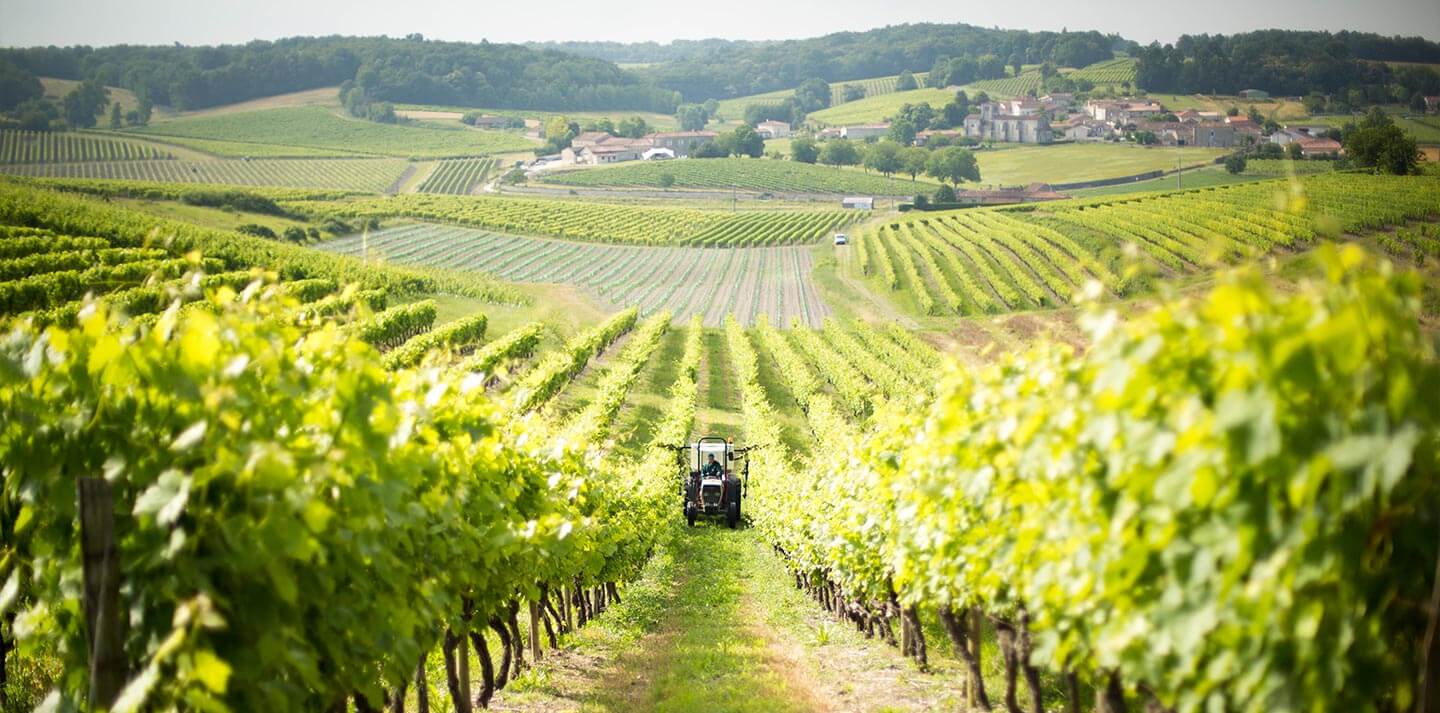By Tedrick Yau
Most people had their first taste of alcohol after downing a can of light beer. Eventually, this progressed to shots of tequila, vodka, whiskey, or a glass or two of wine from various countries. I share this experience with many others who have come to appreciate alcoholic drinks and distilled spirits.
One drink that baffled me was cognac. My late grandfather had a penchant for this, and I’ve heard about it most of my young life. Still, it was never my drink of choice.
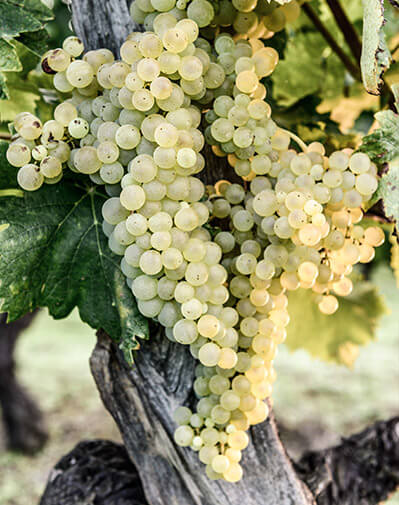
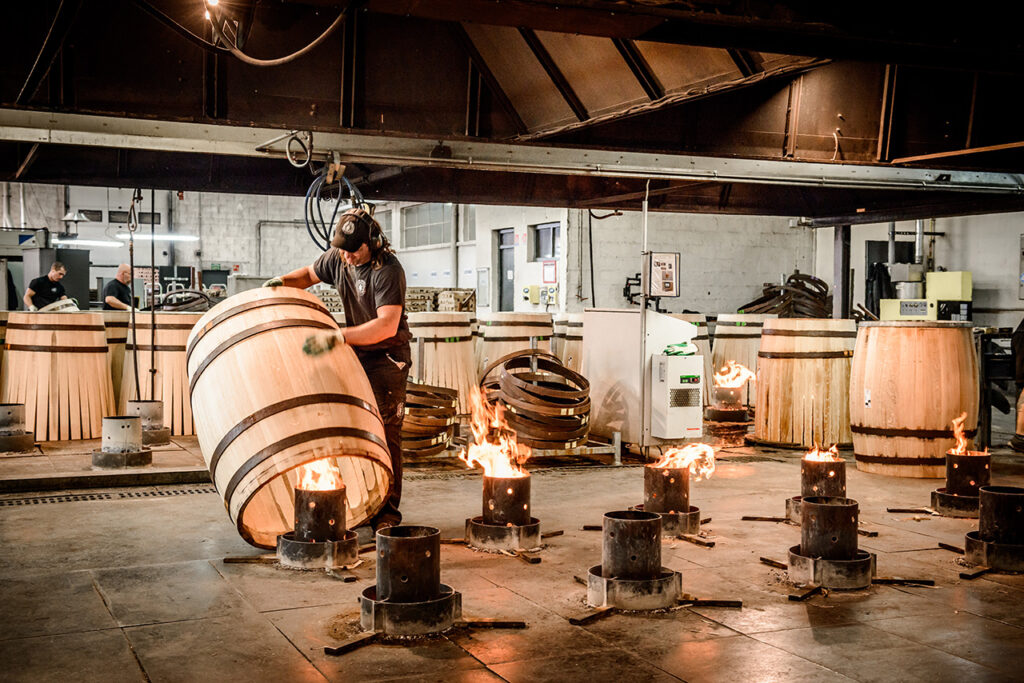
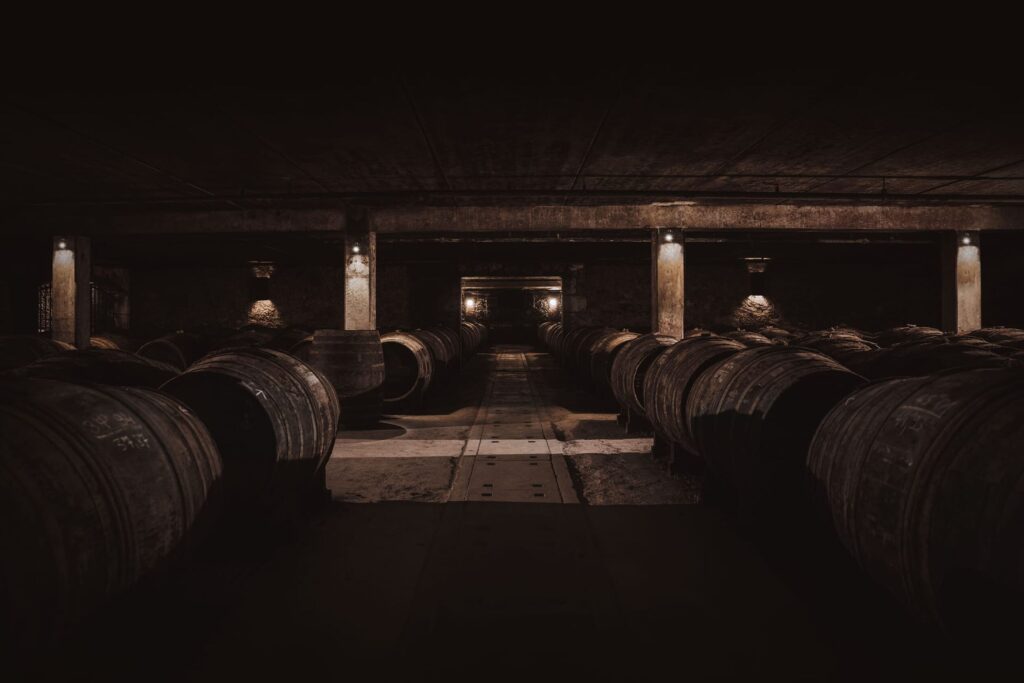
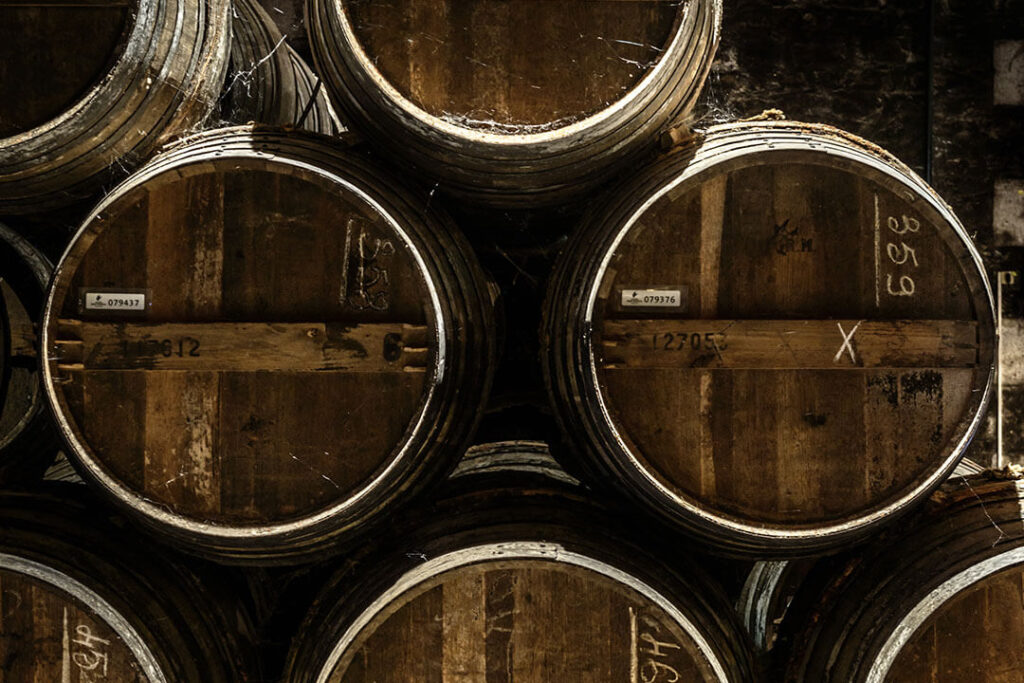
At a chance encounter with Florian Hériard Dubreuil, I was able to understand and eventually appreciate this premium spirit. He represents the fourth generation of his family who are members of the House of Rémy Martin. With his lineage, he has a lot of history to share.
“It’s not always the top choice, but I’m hoping that after understanding its rich history, one will fully appreciate its bold flavors and aromas,” Florian said.
How to Create
Cognac is a spirit that only comes from a protected region in France, in and around the city of Cognac. It has six crus (vineyard regions) and in the heart of it are Grand Champagne and Petite Champagne. The name champagne comes form the latin word campania. Even then, the Romans already knew that the soil in the region is good for making white wine.
Surprisingly, the current and even the next generation will not be able to appreciate some cognacs that are being aged today. Florian explained: “It takes a minimum of two years of aging for the youngest cognac. For the House of Remy Martin, we have, at four years, the VSOP – the youngest cognac in the house. You can age it more with the best eau de vie (a clear, colorless fruit brandy that is produced by means of fermentation and double distillation) going up to 100 years.”
The prized Louis XIII is older than the current generation because it was prepared three to four generations before. Some eau de vie were distilled before World War I. Aged 100 to 150 years, this in-demand cognac will only be enjoyed by the next generations, who would come a century later.
Production involves science, dedication, and patience. Consisting of at least 40 percent alcohol, cognac is made mostly from the best ugni blanc grapes. These are harvested and pressed to extract the juice. Yeast is then added to transform the juice into wine. The white wine has to be low in alcohol and acid because it still has to go through a distillation process. Twice distilled, an eau de vie that is high in alcohol will be extracted.
Eau de vie directly translates to “water of life.” The term dates back to mystical times when such water was believed to be magical since it was highly inflammable. People then didn’t understand that it was the alcohol vapor burning. Adding to that, consuming the spirit brought about a different effect on the mind and body due to the alcohol content.
Cognac is aged in Limousin oak barrels. The large oak grains help in the exchange of oxygen in the spirit. This type of oak is harvested for wine barrels at the Limousin forest in France, hence the name. The old barrels used for the prized Louis XIII are considered fragile and are placed separately from one another. But they are neither moved around nor stacked on top of each other. From a more transparent consistency, the barrel-aged eau de vie transforms into a mahogany brown spirit.
As for the ideal weather, moderate, oceanic, and continental climate is a good condition. “You don’t want too cold winters or too hot summers when aging and distilling; you want the right amount of sun and rain, a bit of all the four seasons.”
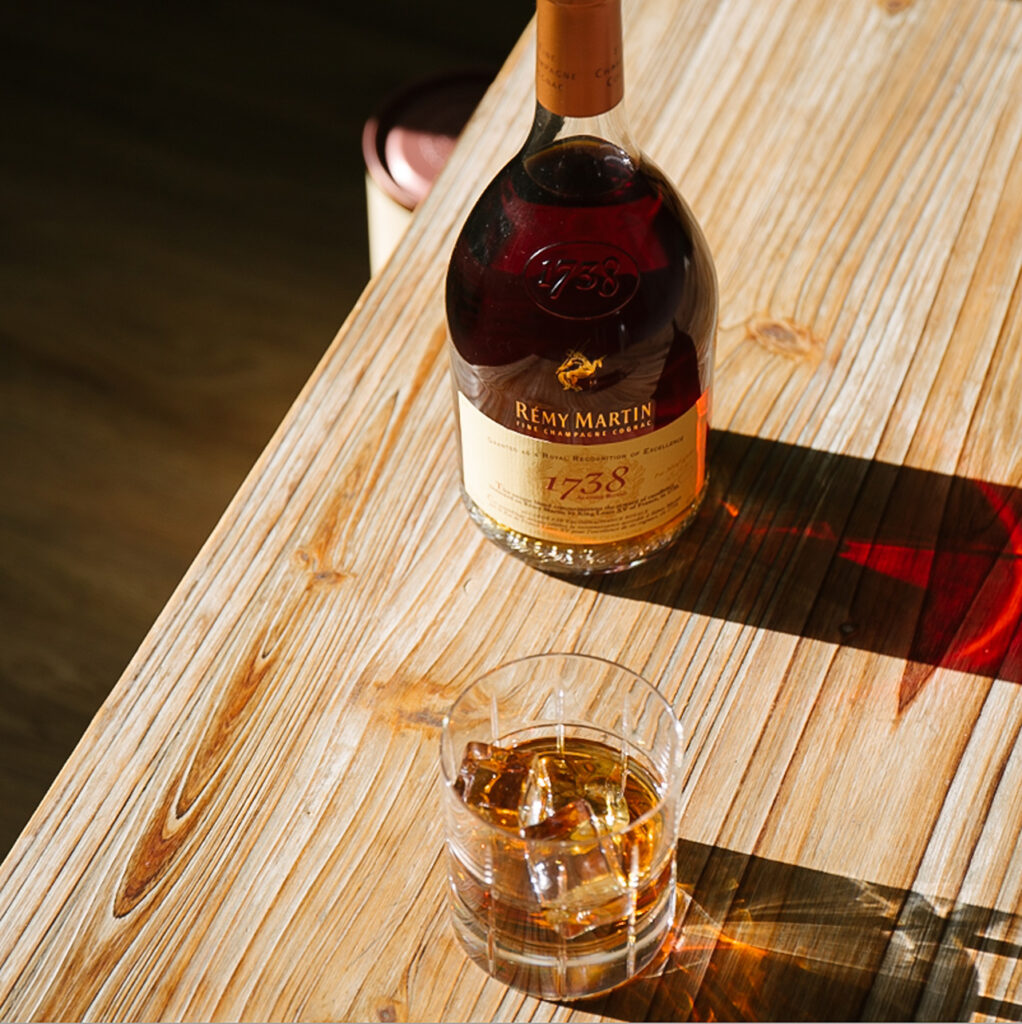
When to drink
Florian recommended having pure cognac without any mix or ice for first timers. He suggested having it around noon when the palate is open and fresh. Another good moment to savor cognac is just before dinner when you’re having appetizers. He considers cognac as a good aperitif.
Although cognac may also be served during or after meals, Florian strongly advised to avoid dishes with a strong taste that lingers in your mouth. A dish, for instance, with a lot of spices or a dessert with a strong coffee or chocolate flavor might not let you appreciate the cognac’s taste and aroma as much as you could.
Serving styles vary as well. For instance, Remy Martin XO is good with ice. Louis XIII is served as is, at room temperature. VSOP is great for cocktails and works really well with ginger beer.
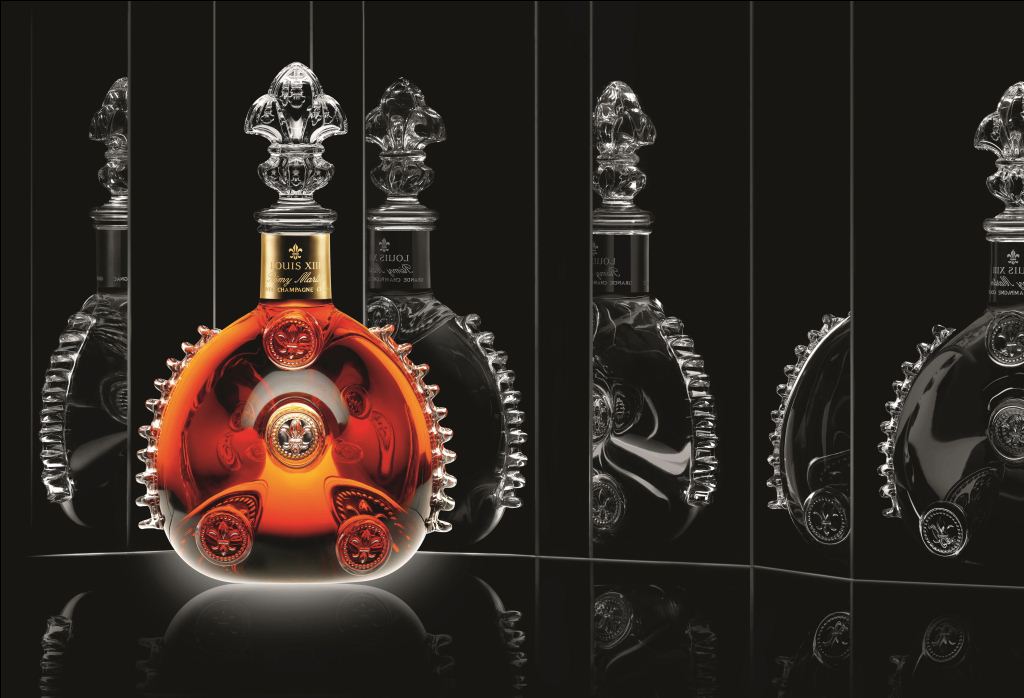
What to price
Value has consistently gone up as demand grows higher. “I think cognac is already pricy because of the way of doing it and the region is very limited; you can’t do cognac everywhere. It’s expensive now, but I’m sure in 20 years it will be worth more,” said Florian.
Part of the factor is the aging process. A good eau de vie at Grand Champagne takes at least 10 to 30 years to get good potential. Therefore, the longer aged, smoother cognac with its full intensity of aroma fetches a higher price tag. Selecting the best of the best today and then putting it aside in a barrel for about 100 years immediately upgrades the spirit to a luxury commodity.
Transmission of knowledge and skill is an important yet challenging feat since only a handful becomes excellent cellar masters. They spend almost ten years together to train and enhance the formula. Cellar masters blend different eau de vie together in order to recreate a set of flavors. It’s like concocting perfume: you have the different aromas, blend them together, and create the distinctive fragrance you want. From knowing how to work the soil, to understanding the changing profiles of the wine and eau de vie, all these ensure that creating that consistent extraordinary cognac blend is perpetually passed on to the future.

